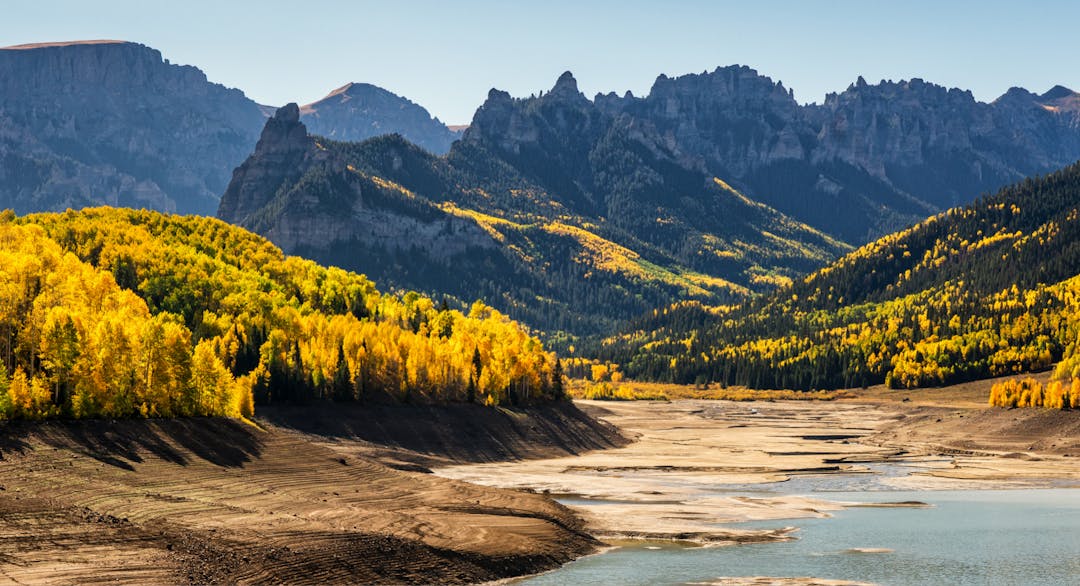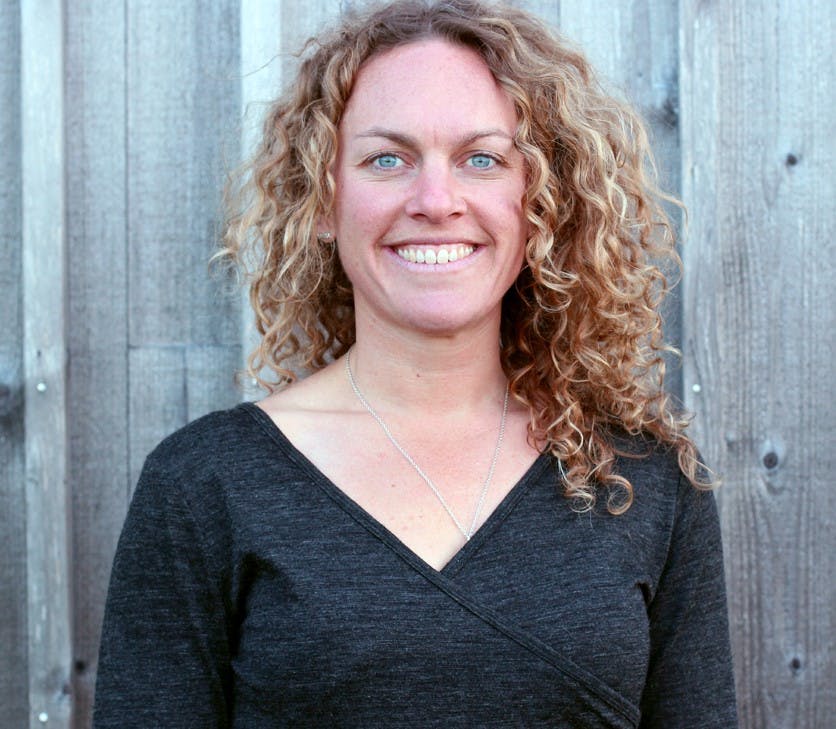Agriculture Drought Response

In June 2020, Governor Polis activated Phase 2 of the State's Drought Mitigation and Response Plan which initiated the Drought Task Force and the Agriculture Impact Task Force. According to the Colorado State Drought Plan, the Agriculture Impact Task Force is tasked to conduct an initial assessment on physical and economic impacts and recommend opportunities for mitigation. Co-chaired by the Colorado Water Conservation Board, Colorado Department of Agriculture, and Colorado State University Water Center, this representative team has pulled together a virtual drought tour concept in lieu of the widely valued 2018 in-person southwestern drought tour.
You can hear directly from producers and communities responding to the ongoing drought through this public engagement platform and a new interactive web report.
Explore the COLORADO DROUGHT STORY PROJECT at bit.ly/codroughtreport
To explore current conditions and active watering restrictions, visit the US Drought Monitor for Colorado, or for more detail, the Colorado Climate Center's outlook maps.
The primary audience for drought impact reports and stories below are four interagency drought teams that collectively report to the legislators and Governor on recommended actions. Activity here is closely monitored by CWCB staff. Please note that all stories submitted will be part of the state's official record and subject to the Colorado Open Records Act.
Your participation can directly inform current and future statewide drought response efforts. Thank you for your willingness to engage!
Tell Your Drought Story
Tell your story about how drought is impacting you.




